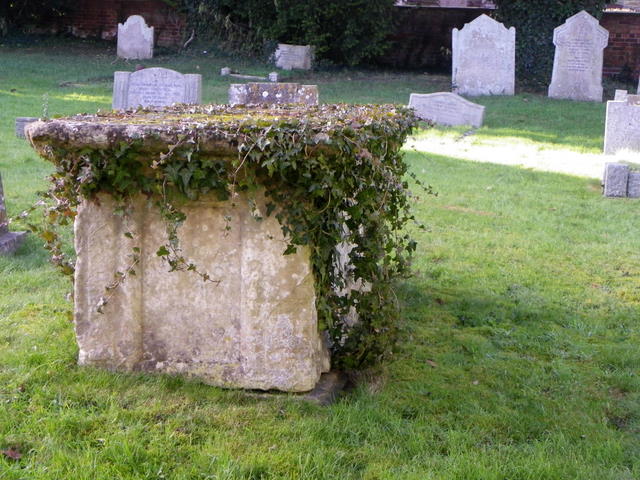Tomb, The Church of St Peter and St Paul
Introduction
The photograph on this page of Tomb, The Church of St Peter and St Paul by Maigheach-gheal as part of the Geograph project.
The Geograph project started in 2005 with the aim of publishing, organising and preserving representative images for every square kilometre of Great Britain, Ireland and the Isle of Man.
There are currently over 7.5m images from over 14,400 individuals and you can help contribute to the project by visiting https://www.geograph.org.uk

Image: © Maigheach-gheal Taken: 12 Dec 2010
The ivy clad tomb is near the south porch. Ivy is an excellent winter food source for birds. The ivy blooms near the end of the year, usually around November. Although its flowers are small and inconspicuous, they attract many late-flying insects. These provide tasty nibbles for birds such as the wren, dunnock, robin and blue-tit. Later on, when the ivy berries turn black, they will be gobbled up by the blackbirds and wood-pigeons. Winter visitors such as redwings and fieldfares will also benefit from this late feast, especially if it has been a hard winter. Common Ivy was used by medieval herbalists to treat the bloody flux. Today, its modern use is not recommended internally as it can cause the destruction of red blood cells. The leaves however, are used by master herbalists as poultices for boils and abscesses.

